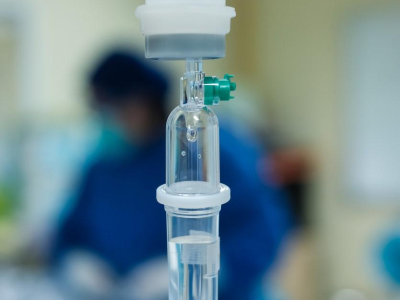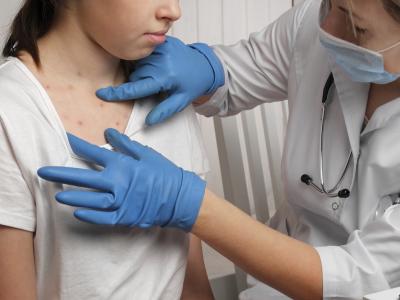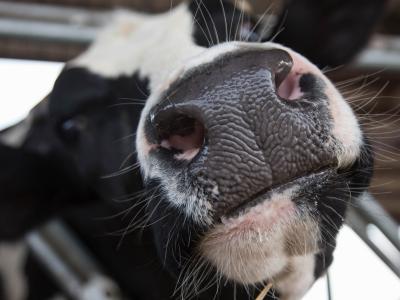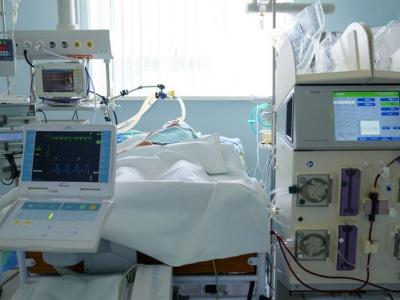The World Health Organization (WHO) today announced that COVAX, a program formed in 2020 to increase equitable distribution of COVID-19 vaccines, will close on December 31 as distribution shifts to regular immunization programs.
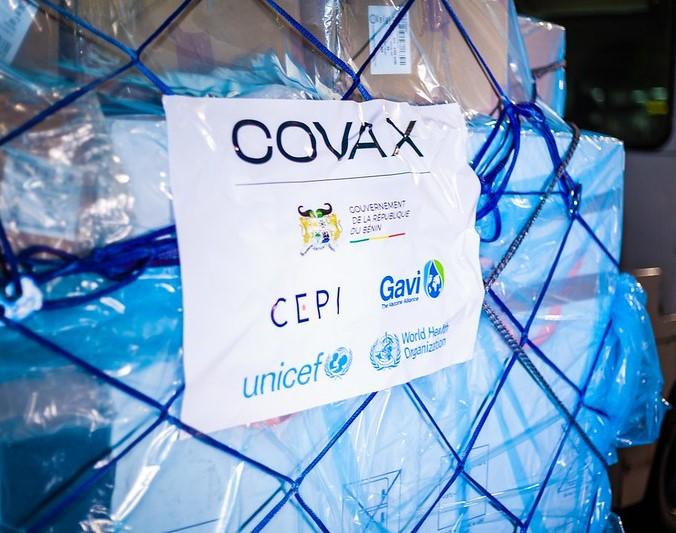
COVAX was jointly led by Gavi, the Vaccine Alliance, UNICEF, and the WHO. So far, it has distributed nearly 2 billion doses to 146 economies, the WHO said in a statement. The groups estimate that the vaccines distrusted through COVAX averted 2.7 million deaths and helped lower-income countries achieve 57% two-dose coverage, compared to the 67% global average.
Free vaccine doses will still be available
The 92 low-income countries that received free doses through the COVAX program will be eligible for COVID vaccine doses and delivery support through Gavi's regular programs. So far, 58 countries have requested a total of 83 million doses for 2024, which target priority groups, such as healthcare workers, older adults, and community workers.
The WHO said COVAX has been one of the most significant multilateral partnerships of the 21st century. It said the program, however, faced steep challenges, such as a lack of up-front cash reserves that prevented it from signing early contracts with manufacturers. Though it was able to ship 100 million doses in the first 6 weeks of the global vaccine rollout, export bans and other factors meant that large-scale deliveries weren't received until the third quarter of 2021.
Jose Manuel Barroso, who chairs Gavi's board, said, "As we transition COVID-19 into Gavi's routine programming, we do so with deep gratitude for the passion, dedication and sacrifice of so many around the globe who fought tirelessly for three years to try and create a more equitable world—and with an unwavering commitment to improve by transforming learnings into tangible action."
